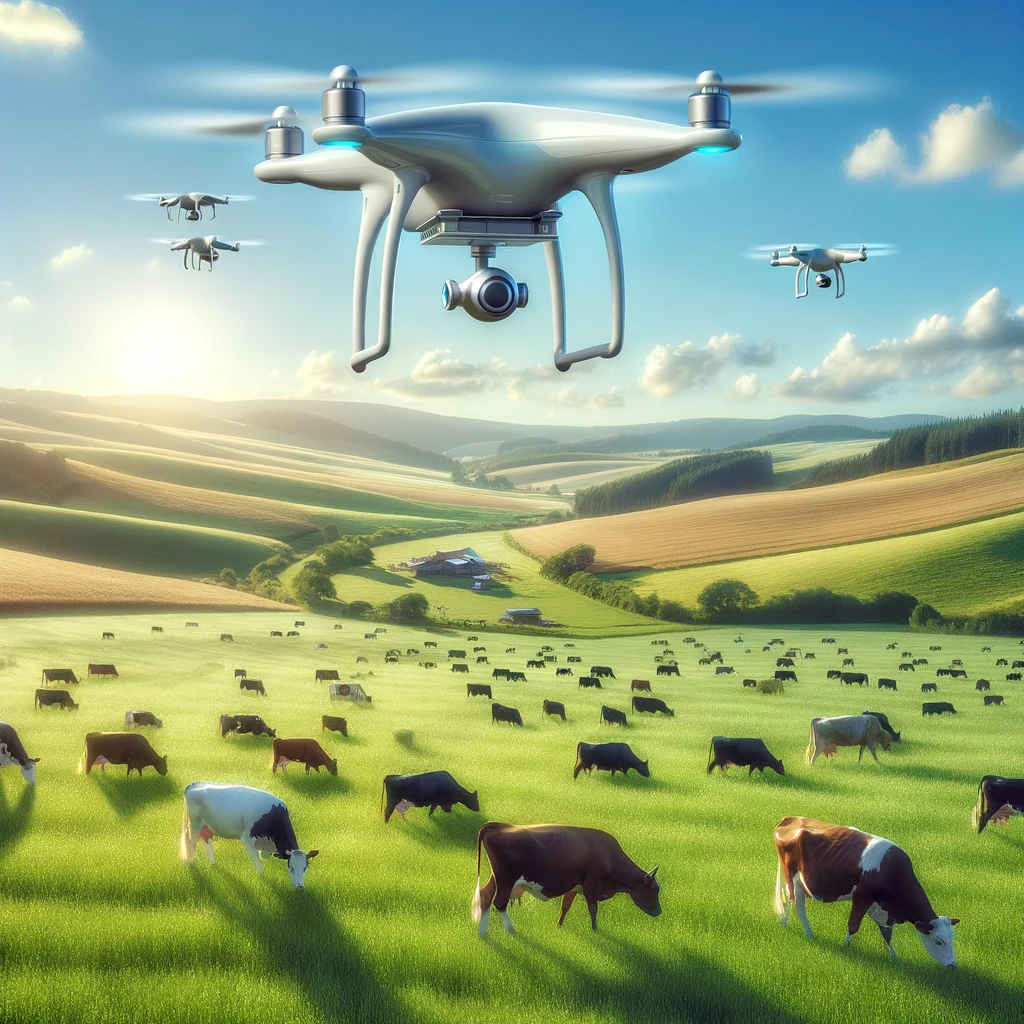
WED. May 01, 2024, four long years after the SARS-CoV-2 outbreak collapsed the economy and global population numbers alike, EcoHealth Alliance President Peter Daszak faced the bipartisan House Select Committee on the Coronavirus Pandemic, during Wednesday’s hearing.
Daszak, with few, if any allies, was grilled by Democrats and Republicans alike related to the safety of EcoHealth’s research, his oversight of work at the Wuhan virology lab, and delays sharing information about risky gain-of-function research with federal officials.
Reports, submitted two years after the outbreak, show that EcoHealth Alliance had engaged in risky experiments conducted in 2019 that made a coronavirus in mice more pathogenic—the approach known as gain-of-function research.
While the United States Government and Regulatory agencies stand divided on the origins of the SARS-CoV-2 outbreak, the belief in the “zoonotic jump” narrative has proven to be about $10 billion times more lucrative to promote.
Following a $300M grant from the American Rescue Plan, the USDA immediately began implementing new rule changes for mandatory tracking, tracing, and surveillance through the Animal Plant Health Investigation System (APHIS), using Radio Frequency Identification (RFID) ear tags in cattle and bison.
In addition to implementing RFID tags, the USDA is currently proposing a total reconstruction of its APHIS program, dropping “Plants” from its surveillance system to focus solely upon “Animal Disease Surveillance,” in the new APHIS-15 proposal, created from the One Health approach.
According to USDA Under Secretary for Marketing and Regulatory Programs, Jenny Lester Moffitt, “using this One Health approach will benefit the country for many years to come by better enabling us to rapidly detect new disease threats and provide intelligence to our public health partners.”
The new Strategic Framework, released in February of 2022, outlined how the agency would “advance surveillance of SARS-CoV-2 and other emerging zoonotic diseases as directed by President Biden’s American Rescue Plan (ARP). Early detection and response to pathogens with zoonotic potential while still in animals is essential in limiting or preventing human outbreaks.”
As previously reported, justifications for these drastic regulatory actions are entirely predicated upon the single assertion that zoonotic jumps are possible through meat consumption.
However, a cursory review of these regulatory actions appears to reveal another Covid-era public-private attempt at marketplace manipulation, as opposed to an honest effort at “limiting or preventing human outbreaks.”
RFID Ear Tags
With few exceptions, the sales, trade, or purchase of all meat products require USDA certification. The USDA’s tight grip on the certification program has led to an artificial consolidation of meat processing facilities. Approximately 85 percent of the processing facilities in the US are owned by four multinational conglomerates.
In addition, over the past three years, the United States has become a net importer of beef, while US cattle inventories have hit a 50-year low. Although Congress recently passed a country-of-origin labeling requirement, US cattle required to have RFID ear tags are far outpaced by imported beef from countries like Brazil, without similar regulatory burdens. This gives corporations like the Brazilian-owned JBS a sizable advantage over US producers who must meet USDA regulations in order to gain access to the same market.
Of the 5,500 total facilities left in the nation, the bulk of US cattle are processed through a mere handful of these centralized, USDA-certified sites. For example, a Cargill-owned processing facility in Wichita, Kansas, processes 5,400 head of cattle per day. Once the processing begins, there’s absolutely no possible way to track hamburger or meat cuts from 5,400 different cows—completely obliterating any claim that RFID ear tags will help prevent human infection.
In terms of RFID ear tags, the exact same concept applies to dairy products. Although the USDA is only testing dairy cattle for H5N1 (Avian Flu), not beef cattle, ear tags are incapable of providing source identification once the process begins.
Dairies, similar to the four multinational beef packers, are supplied by smaller family farms. The milk is collected and hauled to consolidated processing facilities like Land-O-Lakes, Tillamook, Kraft Heinz, Dairy Farmers of America, Nestlé, or Danone.
Once again, RFID ear tags serve absolutely zero means of disease tracking or tracing once the milk enters into the pasteurization process.
Ironically, pasteurization, the process of cooking milk to remove pathogens, was introduced at the turn of the century during the first industrial food shift. In order to ship longer distances and provide access to global populations, family-owned farms with pasture-raised, vitamin-rich dairy, gave way to manufacturing lines of cheese, cream, and highly processed milk products.
As with most of our food supply, and nearly every industry today; what began as an innocent means of safely reaching global markets gave rise to centralized monopolies and powerful government interventionist tactics.
Within the US, these structures have become particularly problematic as administrative and regulatory agencies operate as a revolving door for selected and protected corporations. Often referred to as public-private partnership agreements, or stakeholder capitalism, entire market shifts are planned, implemented, and enforced between the fine print of these corporate-government partnership agreements.
The Future—Our World in Data
The USDA just announced that it will no longer be providing a major cattle inventory report. The July Cattle Inventory Report, which is only one of two inventory reports released each year, will be no more.
The National Agricultural Statistics Service (NASS) announced it’s also canceling all county estimates for crops and livestock starting this year, after enduring steep budget cuts from the most recent appropriations bills.
The Biden Administration used its discretionary authority to reallocate USDA funding towards housing, rental assistance, greenhouse gas emissions reporting, advancements to minority-owned businesses, tracking, tracing, and surveillance of wastewater, and disease surveillance.

Amid these massive shifts in priorities, the RFID ear tags will merely serve to further consolidate agriculture through limitations on data access.
Without the July cattle report, industry experts have concerns that only those with access to the RFID ear tag data will know exactly where the cattle market sits. Similarly, Climate-Smart Commodities have been prioritized. An entire section of the USDA website now provides data specific to “Climate-Smart Commodities.” In an increasingly volatile market, access to data could shift the liquidity risk ratios of lending institutions that prioritize Climate-Smart portfolios over traditional commodities.
Local—Decentralized—KYC—TRUST
The facts are simple. If the true aim is reducing risks of human infection, regardless of zoonotic possibilities, the focus should be on the restoration of local, decentralized, and redundant supply chains.
Should an animal test positive for a Foreign Animal Disease (FAD), the Covid-19 science tells us that isolation and quarantine are vital steps to take to stop the spread of infection. Both actions are much easier to accomplish in smaller decentralized herds, where natural immunity then becomes herd immunity.
However, rather than working with states to rapidly approve more localized processing facilities, the USDA and the EPA are instead working to shut them down.
Eventually, the RFID ear tags will be used as the sole means of tracking vaccinations, GHG emissions, and compliance—a system that has drawn criticisms due to its interoperability and parallels to digital ID, or vaccine passports.
The push for global food surveillance might appear to be a new song, but the story being weaved is as old as time. This story is of compelled compliance and control. A mankind original story that begins with planning who has access to the marketplace, and ends only upon redistribution and further consolidation of resources.
Who wants to eat animals poked full of carcinogenic vaccines and meds?
Toxicow produce as regulated by psychoglobocorp transhumanist penetraitors.
How much of this pharmacological nightmare is transferred through the milk into humans?
$af€ and €ffective eh.
Totally $afe…. Like the hundreds of tonnes of caustic chemicals used to clean up fonterra plant and flushed down the drain into the sea in Taranaki…
How many councillors got bought out to hush that up?
People are fools to obey satanic cultist liars.
Time to eat ze bugs….guess poisoning peoples food supply is all part of the plan…..
Zoonotic jumps…the new buzz phrase. So Covid gets intercepted by the real science as individuals start to realise that that Coronavirus has been around a long time but the word ‘pandemic’ gave cause for ‘crisis’ which then brought about untested vaccines that caused harm to many and proved to be ineffective in avoiding transmission. In reality, it all just simply failed ,very dismally, through ruined economies, health education systems, livelihoods, mandates, lockdowns …
To keep the ball rolling…let’s now turn to animals..and what is next…air? water? flies, bees?
https://slaynews.com/news/bill-gates-pushes-vaccinations-food-supply-fight-climate-change/
Enjoy…..